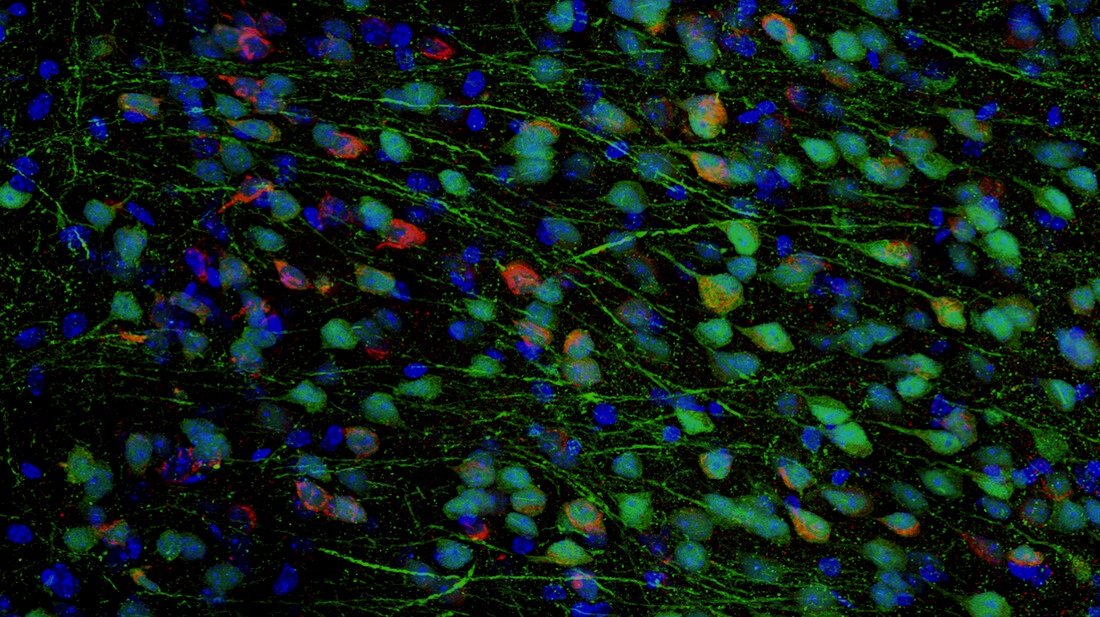Research

Our goal is to identify the neural circuits & dynamics that facilitate social competence & ultimately, how they change in disease.
We measure behavior to understand mechanism
Our knowledge of the social brain has been limited in part by limitations in quantifying social behavior, which leads to a problem: if you cannot measure the behavior, you cannot understand the underlying neural mechanism. We tackle this goal by using wireless multi-site in vivo electrophysiology, optogenetics and machine learning in mouse models to identify the neural circuits of social behaviors and competency, and how they are disrupted in the unhealthy brain.
Our Projects
What are the neural dynamics that facilitate social rank learning and encoding?
Our research shows that mPFC encodes social rank and that the subpopulation of medial prefrontal cortex (mPFC) that projects to the lateral hypothalamus (LH) contributes to the encoding of social rank and modulate social dominance. However, which mPFC inputs enable this social rank code remains unknown. The goal of this project is to identify where and when social rank learning occurs.
How does social history affect sociality and its neural dynamics?
Most of the neurobiological studies of pro-social behaviors do not consider social history. Therefore, it is unknown if there are common or diverging circuits that control sociability across social history. In this project we treat social history as a variable by varying the familiarity and social rank of the target animal presented. This project seeks to characterize how social history affects the neural circuits and dynamics underlying sociality. This knowledge will help us better understand how the brain controls pro-social behaviors.
How does threat affect social behaviors and their neural dynamics?
An important component of social competency is adjusting social behavior as the context changes. In the context of potential threat adjusting your behavior may be important for survival, but overcompensation may be maladaptive and lead to anxiety disorders. Interestingly, there is an overlap in the circuits that modulate anxiety-like behavior and sociability, suggesting that threats can impact social behaviors, but how the neural dynamics of sociality are impacted by threat is unknown. This project seeks to reveal the circuit nodes and neural dynamics that relate to changes in social behavior in the presence of threat.
